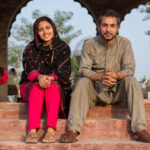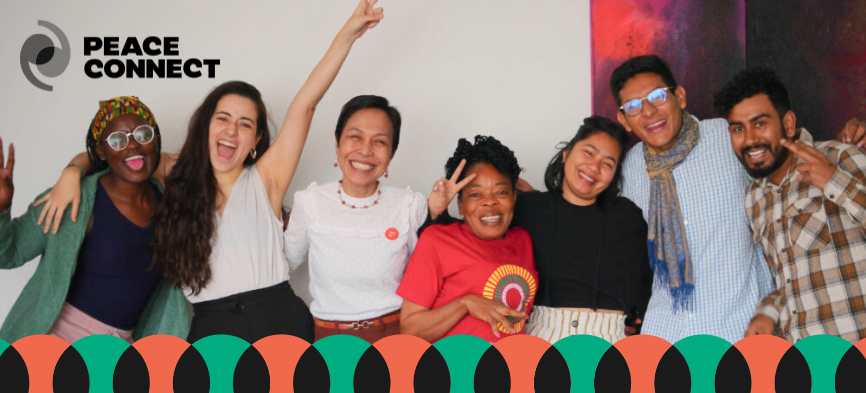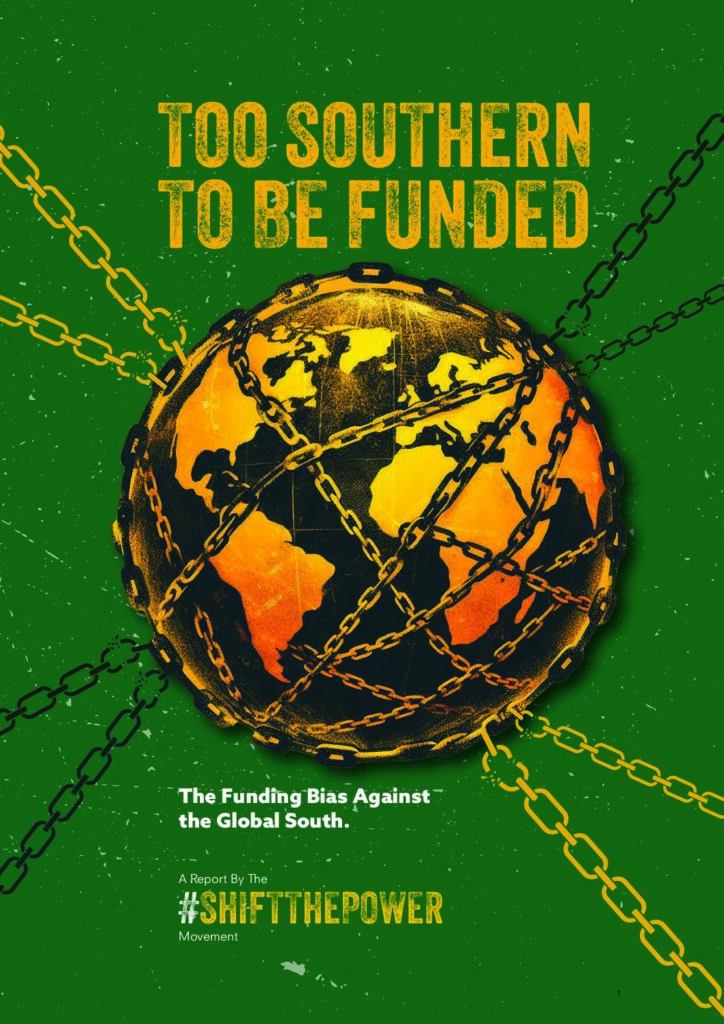“It’s relatively easy to disarm a combatant and remove him/her from the ranks of a rebel group. Making that removal permanent is often the most difficult and least successful component of DDR.” (source)
DDR is the process of taking weapons from child soldiers, discharging them from armed forces, and helping them return to their communities and gain a livelihood. It is crucial that the reintegration involves the community yet “too often DDR programmes have been designed with little or no consideration for either ex-combatants or the communities they are to be reintegrated into.” – Nelson Alusala, Pretoria Institute for Security Studies.
These are issues that our peacebuilding partners, Centre Résolution Conflits (CRC), are working to resolve with the returning child soldiers, to ensure that the welfare of these children and communities is at the forefront of DDR. By taking this approach CRC are making a real impact in the Democratic Republic of Congo.
One of the key reasons for CRC’s continuing success in DDR has been initiatives that bring ex-combatants and civilians together. Creating this support network has the effect of reducing friction with the local community, whilst ensuring the released child soldiers are given the support they need. The cooperative nature of this method is also reducing prejudice towards ex-combatants, whilst familiarising them with the standards of behaviour expected in civilian life.
CRC approach figures of authority in the villages, such as church leaders, school officials, parent committees and representatives of the armed forces, to help raise awareness of the issues faced. These local leaders are revered members of society, and many will have witnessed these problems first hand. In order to prepare them for this role they’re informed about the national and international laws that govern child protection, and about existing DDR efforts.
CRC also broadcast a series of radio programmes locally, to highlight the problems faced by ex-combatants. The success of these is evidenced by the local communities’ response, with multiple feedback sessions and phone calls from listeners emphasising a growing public interest and dissatisfaction with the current situation.
Mediation sessions are proving to be another useful tool in this process, particularly those led by families which are reintegrating a former child soldier. The reconciliation of former child soldiers with their families is arguably the best result of all. In circumstances where a family is not ready to accept back a child, CRC arrange for host families to act as a half-way point in the reintegration process. This creates a safe environment where ex-child soldiers can find a strong sense of normality.
Despite the fact that reintegration has so often been the least effective aspect of DDR programmes, CRC are mobilising enough local support to successfully find, rescue and resettle ex-combatants into their communities. With continued progress, perhaps one day child soldiers will fade into memory.











